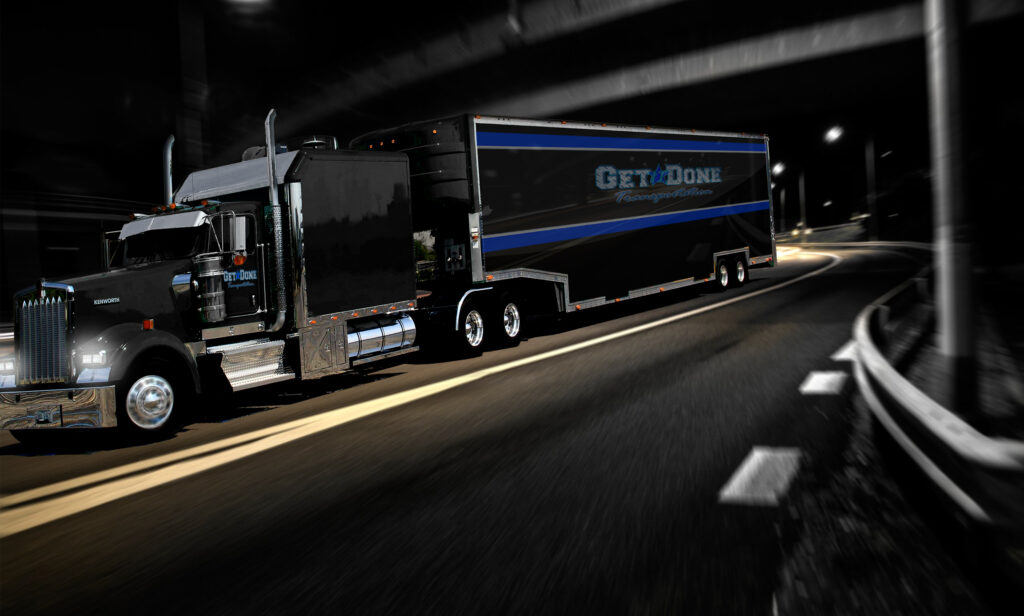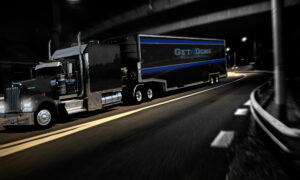Introduction: Understanding Open Transport And Its Importance
Open transport refers to a system of transportation that allows unrestricted access to public spaces, such as roads and sidewalks, for various modes of transportation. This includes vehicles like cars, buses, bicycles, and pedestrians. The concept of open transport is rooted in the fundamental principle of promoting inclusivity and accessibility for all individuals within a community. Open transport plays a vital role in our daily lives by facilitating mobility, connecting people to essential services, fostering economic growth, and reducing environmental impact.
It encourages active modes of transportation like walking or cycling while also providing options for those who rely on motorized vehicles. Moreover, open transport promotes social interaction by creating shared spaces where people can interact and build stronger communities. Despite its numerous benefits, open transport also poses certain risks that need to be acknowledged and addressed. These risks range from accidents caused by congestion or lack of infrastructure to issues related to pollution and public safety.
Environmental Risks Of Open Transport: Air Pollution And Climate Change
One of the significant environmental risks associated with open transport is air pollution and its contribution to climate change. Open transport, such as cars and motorcycles, emit harmful pollutants into the atmosphere that have detrimental effects on air quality. The combustion of fossil fuels in these vehicles releases carbon dioxide (CO2), a greenhouse gas known for its role in global warming.
Additionally, open transport also emits nitrogen oxides (NOx) and particulate matter (PM), both of which are hazardous to human health and contribute to air pollution. NOx can lead to the formation of ground-level ozone, a pollutant that can cause respiratory issues and damage crops. The release of these pollutants from open transport not only affects local air quality but also contributes to climate change on a global scale.
The accumulation of greenhouse gases in the atmosphere traps heat, leading to rising temperatures and altered weather patterns.
Safety Risks Of Open Transport: Accidents, Injuries, And Fatalities
One of the primary safety risks associated with open transport is the increased likelihood of accidents, injuries, and fatalities. Without any physical barriers or enclosures to protect passengers, individuals traveling in open vehicles are at a higher risk of being involved in collisions. Whether it be motorcycles, convertible cars, or even bicycles, these modes of transportation lack the protective structure that closed vehicles provide.
Accidents involving open transport can lead to severe injuries due to the absence of seatbelts or airbags. Passengers are vulnerable to being thrown from the vehicle upon impact or colliding with other objects. Additionally, open transport leaves occupants more exposed to external hazards such as debris, extreme weather conditions, or even direct contact with other vehicles. The absence of protective measures increases the fatality rate for individuals involved in accidents while using open transport.
The potential for ejection from the vehicle during a collision significantly heightens the risk of fatal injuries compared to those traveling in enclosed vehicles.
Security Risks Of Open Transport: Theft, Vandalism, And Assaults
One of the significant security risks associated with open transport includes theft, vandalism, and assaults. Open transport systems such as buses, trams, or trains are more susceptible to these risks due to their open nature and lack of controlled access. Theft is a common concern in open transport, as it provides easy opportunities for pickpockets and thieves to target unsuspecting passengers.
Valuables like wallets, smartphones, and bags can be easily snatched or stolen from passengers in crowded spaces or during moments of distraction. Vandalism is another risk that open transport faces. Public transportation vehicles are often subject to acts of vandalism such as graffiti, broken windows, or damage to seats and equipment. These acts not only result in financial losses but also create an atmosphere of insecurity for passengers.
Assaults are also a concern in open transport systems. The lack of physical barriers or security measures makes it easier for individuals with malicious intent to harass or assault fellow passengers.
Health Risks Of Open Transport: Exposure To Harmful Substances And Pathogens
When it comes to open transport, one of the significant health risks is the exposure to harmful substances and pathogens. As vehicles move through open spaces, they can become a breeding ground for various pollutants and infectious agents. Dust, allergens, and particulate matter suspended in the air can easily enter the vehicle, leading to respiratory problems such as asthma or allergies.
Moreover, vehicles traveling on unpaved roads or in industrial areas may encounter higher levels of toxic chemicals like lead or asbestos, posing serious health hazards to passengers.
Furthermore, open transport also exposes individuals to a higher risk of contracting infectious diseases. Pathogens present in the environment can be carried by wind currents and settle on surfaces within the vehicle. This includes bacteria, viruses, and fungi that can cause illnesses ranging from common colds to more severe infections.
To mitigate these health risks associated with open transport, it is crucial to maintain proper ventilation systems within vehicles and regularly clean and disinfect high-contact surfaces.
Economic Risks Of Open Transport: Losses Due To Damage Or Theft Of Goods
One of the significant economic risks associated with open transport is the potential loss of goods due to damage or theft. When goods are transported through open means, such as trucks or trains without proper enclosures, they are exposed to various hazards that can result in substantial financial losses for businesses. Damage to goods during transportation is a common occurrence in open transport.
Factors such as adverse weather conditions, rough terrain, and inadequate packaging can lead to product spoilage, breakages, or deterioration. These damages not only result in financial losses but can also impact the reputation of businesses if customers receive damaged goods. Additionally, open transport poses a higher risk of theft compared to closed and more secure methods. The visibility of goods during transportation makes them an attractive target for thieves who may attempt to steal valuable cargo.
Such incidents not only cause direct monetary losses but also contribute to increased insurance premiums and potential legal liabilities.
Conclusion: Weighing The Benefits Against The Risks Of Open Transport
In conclusion, while open transport offers numerous benefits such as increased efficiency, reduced costs, and improved accessibility, it is important to acknowledge and address the associated risks. One major risk is the potential for theft or damage to goods during transportation due to the lack of physical barriers. This can result in significant financial losses for both businesses and individuals. Additionally, open transport exposes goods to various weather conditions, which may lead to spoilage or deterioration.
Furthermore, there is a higher likelihood of accidents and collisions due to inadequate protection against external factors. These risks call for careful consideration when choosing open transport options. However, it is crucial to note that these risks can be mitigated through proper planning and implementation of safety measures. Regular maintenance of vehicles and improved driver training can help minimize accidents and protect goods during transportation.







